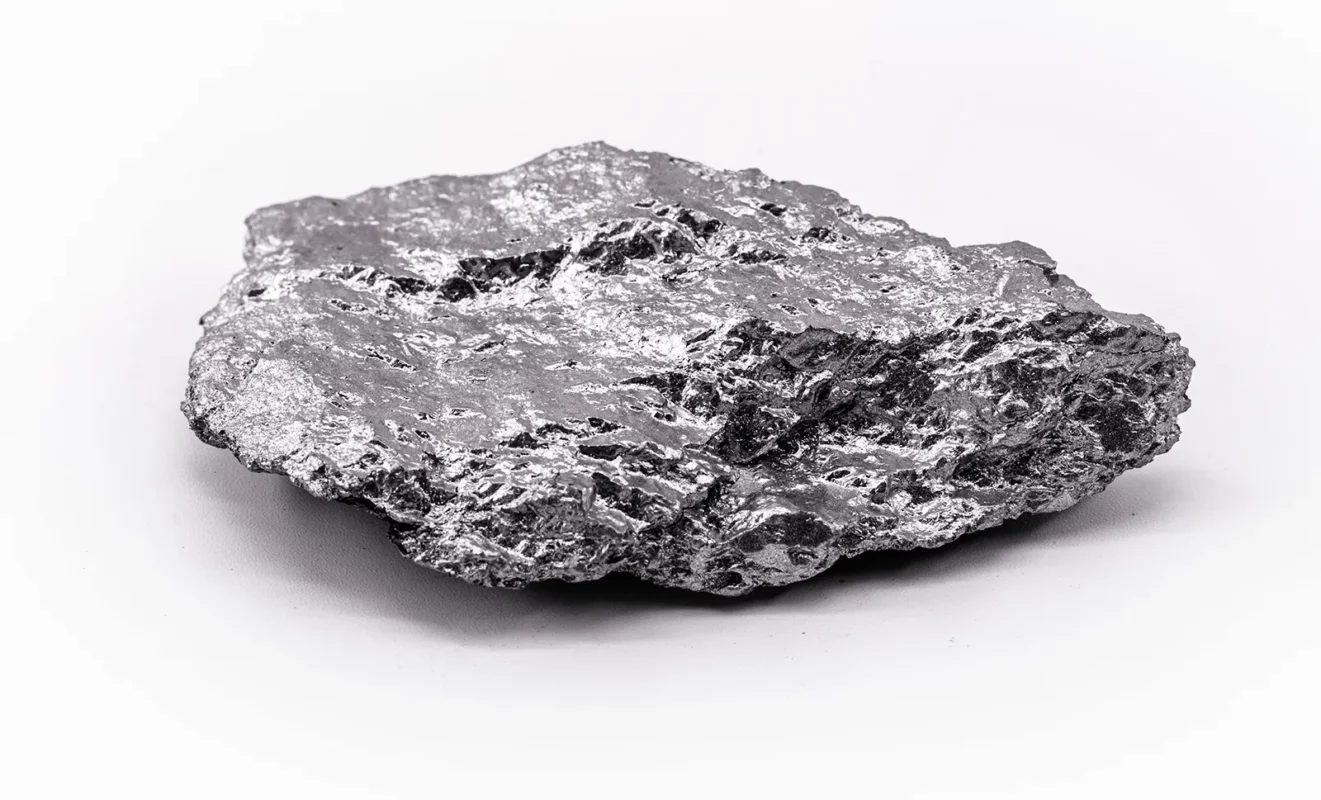Collecting Rare Molybdenum Minerals: Specimens, Crystal Forms, and Identification
Mineral collectors are always on the lookout for rare and unique specimens to add to their collections. One such group of minerals that have caught the attention of collectors is molybdenum minerals. In this article, we will explore rare molybdenum minerals, their crystal forms, where to find them, and how to identify them.
Molybdenum Minerals for Collecting
Molybdenum minerals are not commonly collected by mineral enthusiasts, which makes them a unique addition to any collection. The most commonly collected molybdenum minerals are molybdenite, powellite, and wulfenite. However, there are several other rare molybdenum minerals that are sought after by collectors.
Rare Molybdenum Minerals
Some of the rare molybdenum minerals that are highly sought after by collectors include ferrimolybdite, molybdofornacite, and molybdophyllite. Ferrimolybdite is a yellow to orange mineral that is found in oxidized molybdenum deposits. Molybdofornacite is a greenish-blue mineral that is found in hydrothermal veins, while molybdophyllite is a white to pale blue mineral that is found in copper deposits.
Molybdenum Mineral Specimens
Molybdenum mineral specimens are typically found in the form of crystals, which can range in size from tiny to several centimeters in length. Molybdenite, for example, forms in thin, flexible sheets that can be peeled apart, while wulfenite forms in bright orange to yellow tabular crystals. Powellite, on the other hand, forms in yellow to greenish-yellow crystals that are often found as aggregates.
Molybdenum Crystal Forms
Molybdenum minerals can form in a variety of crystal forms, including hexagonal, tetragonal, and orthorhombic. Molybdenite, for example, forms in hexagonal crystals, while powellite forms in tetragonal crystals. Wulfenite forms in a distorted tetragonal crystal system, and molybdophyllite forms in orthorhombic crystals.
How to Identify Molybdenum Minerals
Identifying molybdenum minerals can be challenging, as they often occur as secondary minerals in oxidized deposits. Molybdenite, for example, can be easily identified by its metallic luster and cleavage sheets, while wulfenite can be identified by its bright orange-to-yellow color and tabular crystal habit. Powellite can be identified by its fluorescence under ultraviolet light, while molybdofornacite can be identified by its greenish-blue color and association with other copper minerals.
Conclusion
Molybdenum minerals offer a unique opportunity for mineral collectors to add rare and unique specimens to their collections. The most commonly collected molybdenum minerals are molybdenite, powellite, and wulfenite, while rare molybdenum minerals such as ferrimolybdite, molybdofornacite, and molybdophyllite are highly sought after by collectors. Molybdenum minerals form in a variety of crystal forms and can be identified by their unique properties and associations with other minerals.

